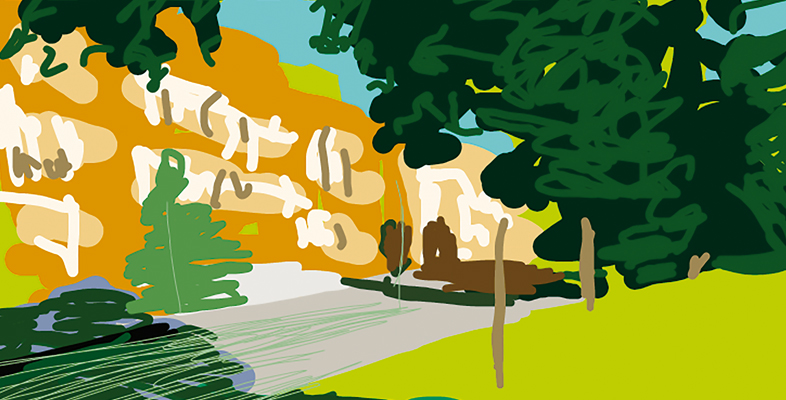Why sketching and prototyping is important
Sketching and prototyping prior to developing a product are important for a number of reasons, enabling and compelling designers to reflect on their understanding of the design context, its requirements and how such requirements might be met.
Reflecting on the design context: designers sketch the design context as well as potential designs. Doing so helps them to specifically consider the users, activities and environment. It also helps them to articulate and evaluate their understanding. Design is often collaborative, and exploring different design choices through sketches and prototypes can help the team verify their collective understanding of the design context and how different requirements might be interpreted.
Investigating requirements: sketches and prototypes also allow designers to investigate requirements. They allow prospective users and other stakeholders to engage with the designers’ ideas and provide feedback on the extent to which their requirements are represented. Furthermore, the use of prototypes can help uncover requirements which neither interaction designers nor users and other stakeholders were aware of before. Identifying requirements without the use of prototypes may be difficult or even impossible: interaction designers may not think of certain questions; users and other stakeholders may not know how to express their requirements, or they may not be sure or aware of what they need, until they have something to look at or use and to which they can respond. Consider the Smart Glass example and how the problems with the audio alert emerged as a result of the prototype.
Exploring design alternatives: exploring different ways of meeting requirements is another key function of designing and prototyping. In practice, interaction design is often about trying to meet requirements that may seem difficult to reconcile. For example, Craig may think that audio feedback from his running app is a good idea, but when he tries a prototype, he may find that audio interferes with his conversations with other runners. By exploring and prototyping different design ideas, designers may find suitable trade-offs. There may be no perfect solution, but exploring and prototyping a range of possibilities increases the chances of developing an interactive product that meets the requirements of users in the best possible way. For example, for Craig, a combination of vibrating and text might be a better way of providing feedback.
Evaluating: just as sketches and prototypes help prospective users provide feedback on the extent to which their requirements are represented, they also allow prospective users to engage with designs and provide feedback on them. Working with prototypes can reveal unexpected usability issues. For example, think about Sarah Wiseman’s account of how the designers of the telephone keypad used sketches to evaluate different interface configurations.
Indeed, the interaction design process can be described as a gradual progression from concept sketching through prototyping of increasing fidelity, to the finished product, with some back and forth between sketching and detailed designing, and between low- and high-fidelity prototyping.
